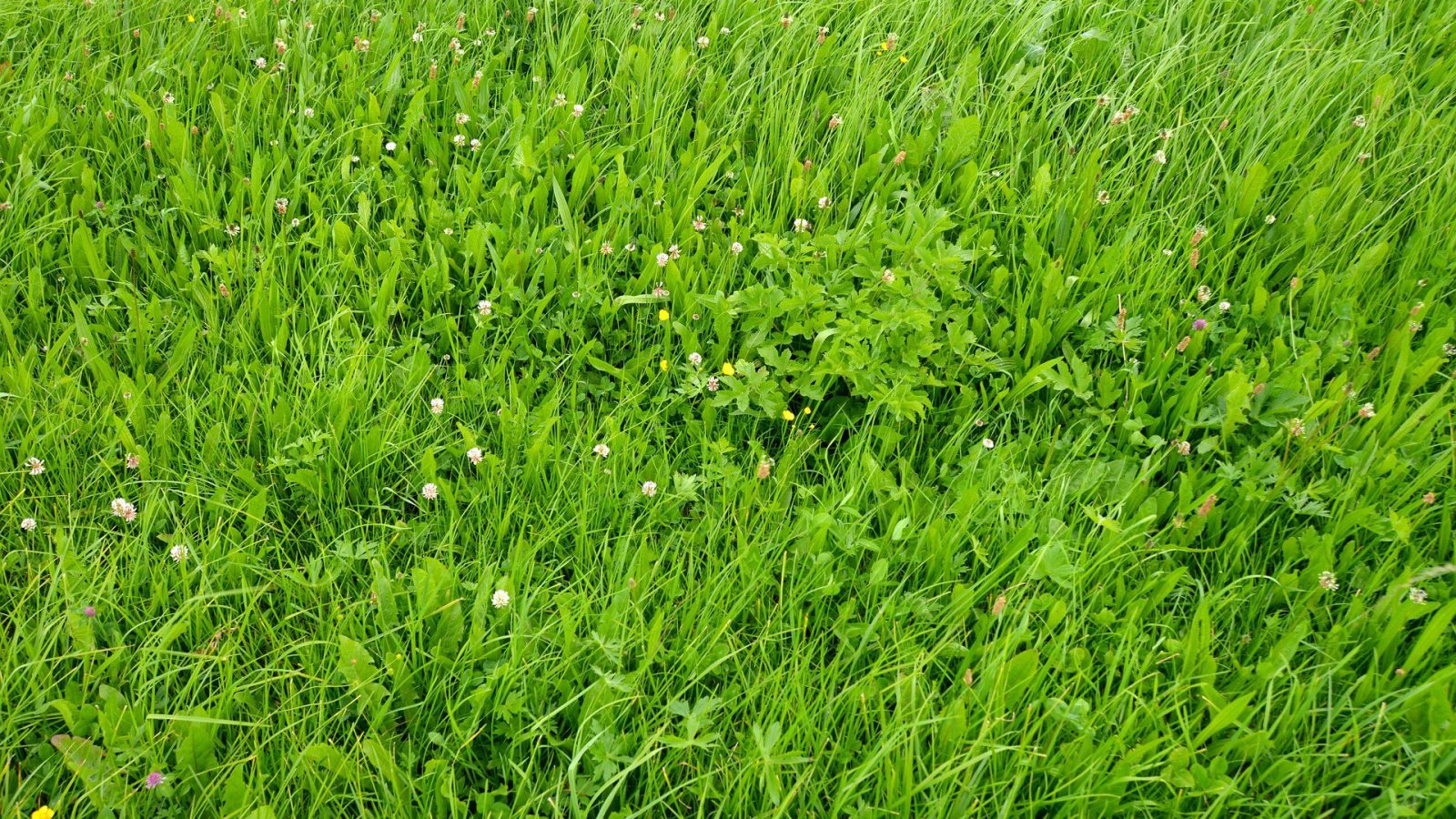Bijeenkomst: EGF2015 Auteur: Bélanger G., Tremblay G.F., Dos Passos Bernardes A., Papadopoulos Y., Fillmore S., Lajeunesse J. and Duynisveld J. ISBN: 978-9090-289-61-8 Jaar van uitgifte: 2015 Producttype: Paper Legume-grass mixtures generally provide more consistent forage yield than monocultures. We studied 18 binary mixtures of one legume and one grass species for dry matter (DM) yield, …
Yield and nutritive value of binary legume-grass mixtures under grazingRead More
